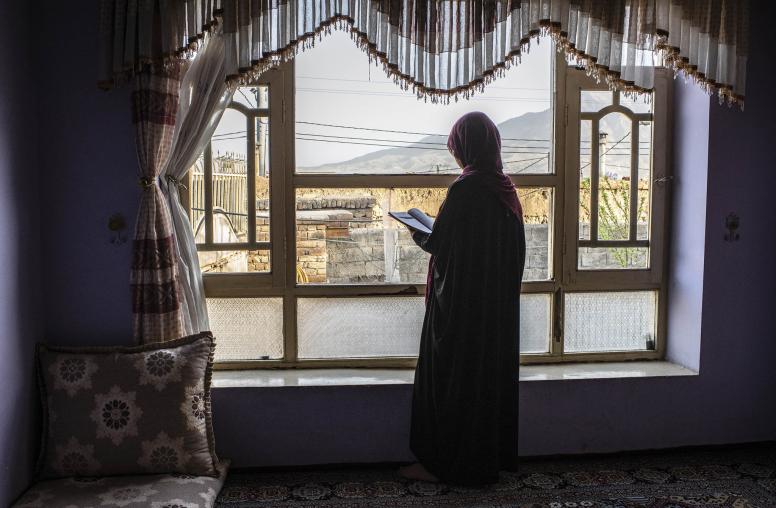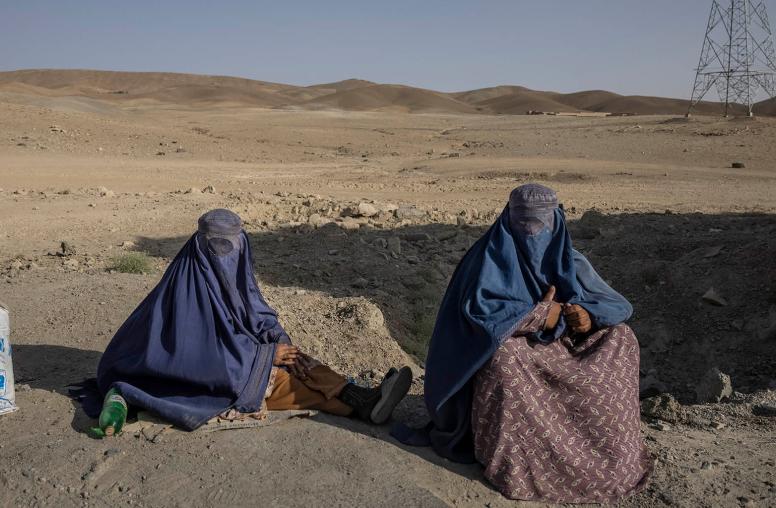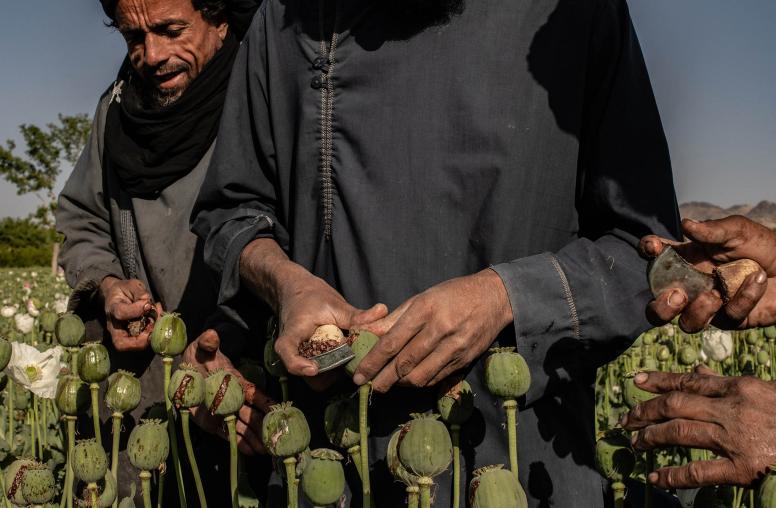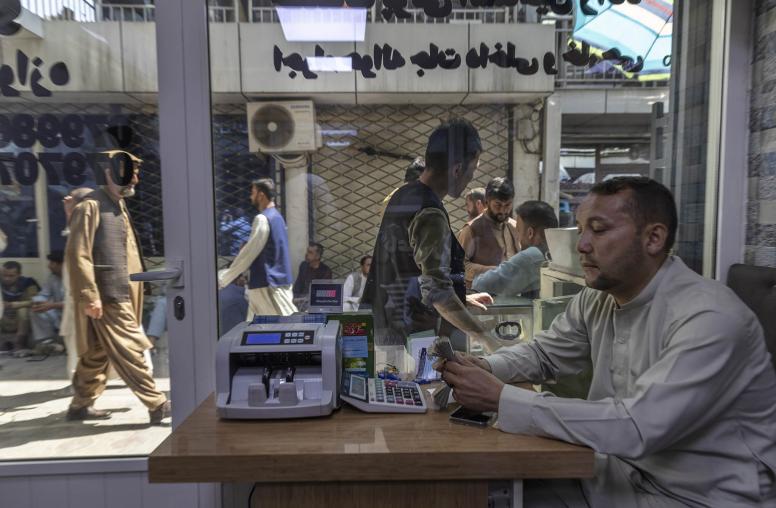President Trump’s announcement of the new U.S. strategy for Afghanistan gives badly needed clarity to the Afghan government, the South Asia region and the American people that the U.S. will continue to provide enduring support as a means to prosecute the war on international terrorism. The speech was understandably heavy on military strategy. But it managed to slip in an important recognition of the fundamental role of regional politics, which will be key to eventually ending the war.

The speech aimed for a rhetorical shift— away from promoting democracy and ‘nation building,’ toward a strategy of “principled realism.” In fact, building democracy and governance has never been a core goal of U.S. policy but rather a necessary means to achieving the desired end state of a stable and terrorism-free Afghanistan. Fundamentally, the Trump strategy for Afghanistan continues the prior two administrations’ efforts, with three useful tweaks that build on lessons from the past 16 years.
First, there will be no calendar deadline for U.S. troops and engagement. Unlike the Obama surge, which was slated to end in 2014, Trump said the new U.S. strategy would be based on conditions on the ground and would aim to eliminate ISIS and al-Qaida in Afghanistan, prevent the Taliban from taking over the Afghan government and prevent terrorist attacks on the U.S. from Afghan soil.
Another departure was to more directly threaten Pakistan with (unspecified) consequences for failing to end safe havens for terrorism. Trump singled out Pakistan’s support to the Taliban and the Haqqani network, which kill U.S. soldiers in Afghanistan. At the same time, Trump tempered his criticism by offering to forgo U.S. punishment if Pakistan’s leaders “do more” to fight terrorism. This will require more clear articulation to spur action by Pakistan.
Trump also explicitly included India as part of the regional strategy to stabilize Afghanistan. Unfortunately, his focus was on urging India to step up economic and development support to Afghanistan, rather than the far more important issue of reducing tensions between India and Pakistan. Improved India-Pakistan relations are needed to make Pakistan feel secure enough to drop support for the Taliban, which Pakistan maintains as a hedge against Indian influence in Afghanistan.
It is too early to say whether this new Afghanistan strategy is really new because the details where the devils lie—specific troop numbers or potential penalties on Pakistan if it fails to deliver, for example—were left for the State Department and the Department of Defense to fill in.
Just after the speech, Secretary of State Tillerson released a statement that took one line of Trump’s speech and announced a significant new policy: “The Taliban has a path to peace and political legitimacy through a negotiated political settlement to end the war. We stand ready to support peace talks between the Afghan government and the Taliban without preconditions.”
Such clear openness to negotiations with the Taliban could be a significant breakthrough. Simultaneously applying pressure with more troops on the battlefield and eliminating sanctuaries in Pakistan, while offering a viable alternative to fighting—a political settlement with the Afghan government that severs ties with al-Qaida and ISIS—the U.S. could move the conflict toward the “honorable and enduring outcome worthy of the enormous price that so many have paid.”



